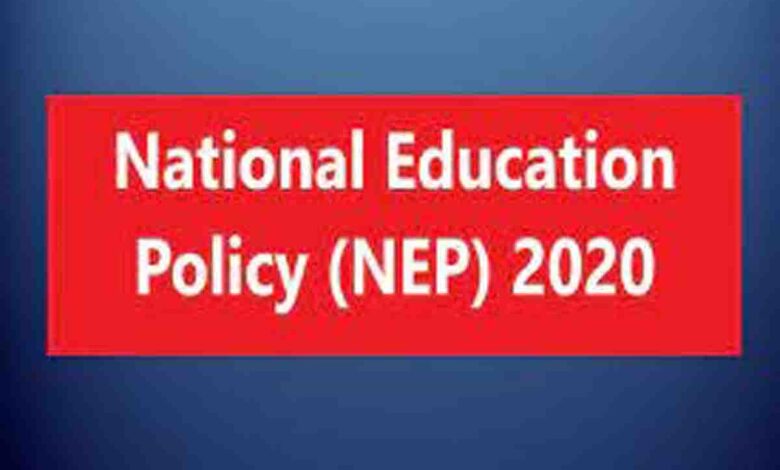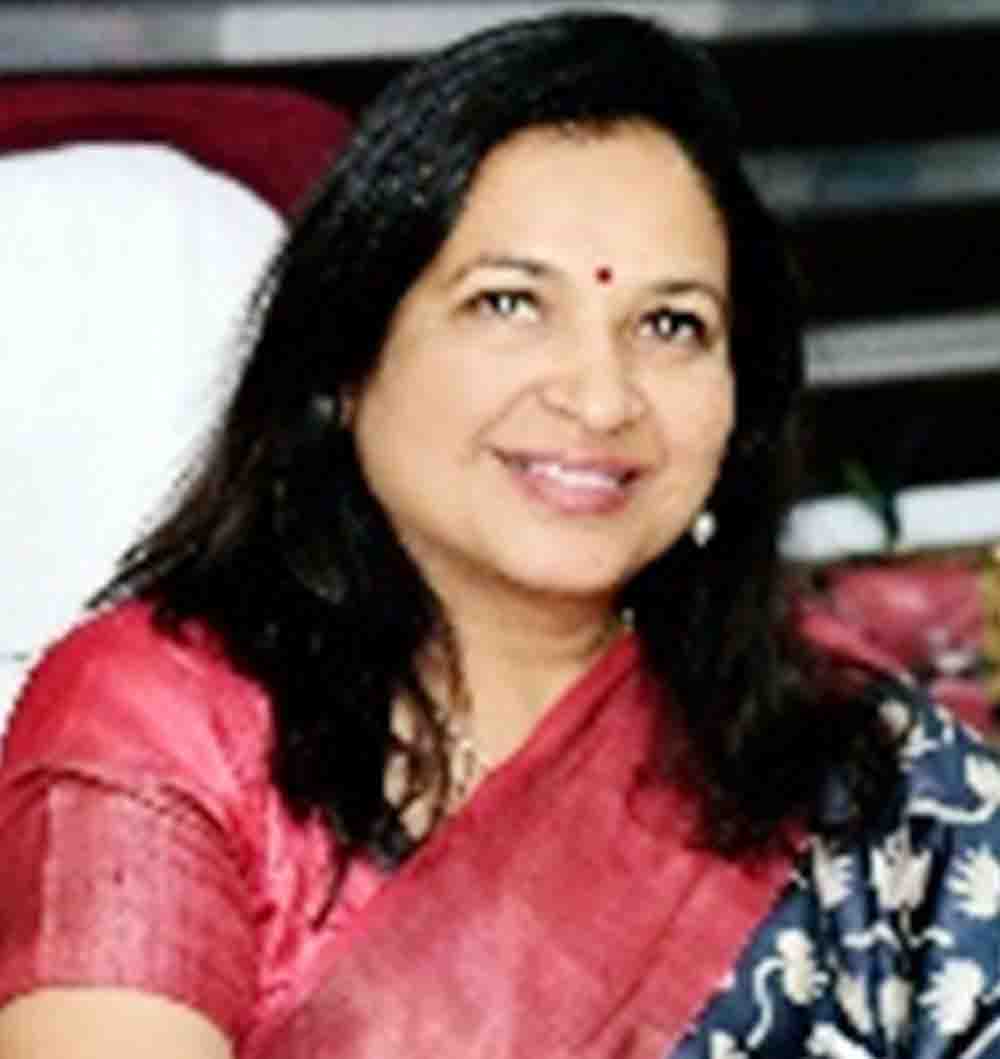NEP 2020- a revolutionary step in the sphere of education

Thursday, 08 December 2022 | Alaknanda Ashok
GUEST COLUMN
 Alaknanda Ashok
Alaknanda Ashok
Universal access to quality education is essential for the optimum development of citizens, society and the nation. The progress of the nation depends on the talent and resources of the country. By the next decade, India will have the largest population of youths in the world. The foundation for the bright future of the nation can be laid by providing opportunities for quality higher education to the youth. The Government of India has set the target of ensuring inclusive and equal quality education for all and lifelong opportunities for education by 2030. According to Prime Minister Narendra Modi the basic idea behind the National Education Policy (NEP) 2020 is to connect education with both heritage with modern thought. With this, we will succeed in making the new generation citizens of the world- citizens who will not only lead in solving challenges facing India but the entire world. The restructuring of the entire education system was necessary to achieve this target. Considering this, the NEP came into being in 2020. The draft of this policy was prepared by a panel of experts headed by the former chairman of Indian Space Research Organisation (ISRO) K Kasturirangan. This draft was approved by the Union cabinet on July 29, 2020. At present, the whole world is focused on efforts to address the issues of technological development, climate change, depletion of natural resources, rising pollution, clean water, nutritious food and energy requirements among other issues. Capable and talented persons will be needed in all spheres to fulfill these requirements.
The NEP-2020 lays special focus on developing latent creativity in students, high level logical and problem solving capabilities along with development of moral, social and emotional quotient in the students’ personality. At a seminar on NEP 2020, Prime Minister Modi said that the aim of the National Education Policy 1986 was to encourage education of women, scheduled caste and minorities. This policy laid special stress on education for all and reducing the school dropout rate. Stress was also laid on establishing open universities in all States for distance education. Later, focus was laid on encouraging learning among students through their own actions and experience, vocational education, establishment of Navodaya Vidyalayas, conservation of cultural heritage and restoration of moral values in the amended NEP-1992. In 2009, the Right of Children to Free and Compulsory Education Act was introduced to meet the fundamental right to education. India is a rich nation from the aspects of demographics, geographical and linguistic diversity. To transform linguistic diversity into an opportunity, priority has been accorded to Indian languages from primary education to higher education in the NEP. In the recent past, the Union Education minister Dharmendra Pradhan released books in regional languages approved by the National Educational Alliance for Technology (NEAT) 3.0 and the All India Council for Technical Education (AICTE). The AICTE has granted approval to graduate level engineering curriculum in 11 regional languages. These languages include Hindi, Marathi, Tamil, Telugu, Kannada, Gujarati, Malayalam, Bangla, Assamese, Punjabi and Odia. The new NEP lays stress on technical education, learning in mother tongue, making education accessible for the differently abled and encouraging creative and logical thinking in students. Quality education will be free for children aged three to six years in Bal Vatika/Anganwadi. The education curriculum will be based on skill development, experience-based learning, vocational education and logical thinking. A target has been set to increase the gross enrollment ratio in higher education institutions from 26:3 to 50: while in graduate programmes, the students can leave the programme at various levels and they will be provided degree or certificate accordingly.
The Higher Education Commission of India (HECI) will be formed to act as the single authority for higher education barring medical and legal education. There will be four verticals in the commission- registration, accreditation, funding and academic statement setting. The HECI will be authorised to penalise those institutions which fail to provide quality education. According to the vision and mission of educational institutions various categories of universities will be formed like education-intensive universities, research-intensive university and autonomous degree colleges. Multidisciplinary Education and Research Universities (MERU) of international standards will be established in the country. Vocational education will be introduced in a phased manner in all schools and higher education institutions.
Further, a National Research Foundation (NRF) will be formed to develop quality research and encourage superior research. NEP-2020 also lays stress on challenges and benefits of new technology along with online/digital education. The use of Diksha, Swayam and Swayam Pradha e-learning platforms will be used to create virtual labs while digital accessible information system will be used to provide special e-learning content for the visually and hearing impaired children. Further, the DigiLocker portal can be used to make certificates digitally secure whereas ISTM portal helps a researcher know about testing facility for the research. As a considerable proportion of the population has very limited digital access, radio, community radio and CBSE podcasts are being used as Shiksha Vani to make educational programmes in various languages available 24×7 to the citizens. On completion of one year of the NEP 2020 the PM also inaugurated various programmes.
Fourteen engineering colleges in eight States have started BTech in five regional languages including Hindi, Bengali, Marathi, Telugu and Tamil. The Government of India has issued guidelines for internationalisation of higher education. The aim of the Central government is to establish campuses of international institutions in India, attracting students from abroad for education in India and working with international institutions for collaborative training programmes.
Higher education plays a vital role in boosting human and social welfare. Through NEP 2020 the core structure of universities will be built afresh. To enable students to learn according to their interest the new policy has presented a wholesome and varied graduate education view. Along with flexibility this also provides permission to students for integrating vocational courses and combining multi-disciplinary subjects. For under graduate programmes can be three or four years long. The new element is that the students will get multiple exit options and that they will get proper certification during their graduate period. A credit bank will also be formed to keep track of all the credits acquired by students during their academic journey. The government is also taking steps towards establishing MERUs as per international standards on the lines of Indian Institute of Management and Indian Institute of Technology. A national research foundation will also be established to encourage research and development activities.
(The author is the dean, College of Technology at Pantnagar University. Views expressed are personal)




